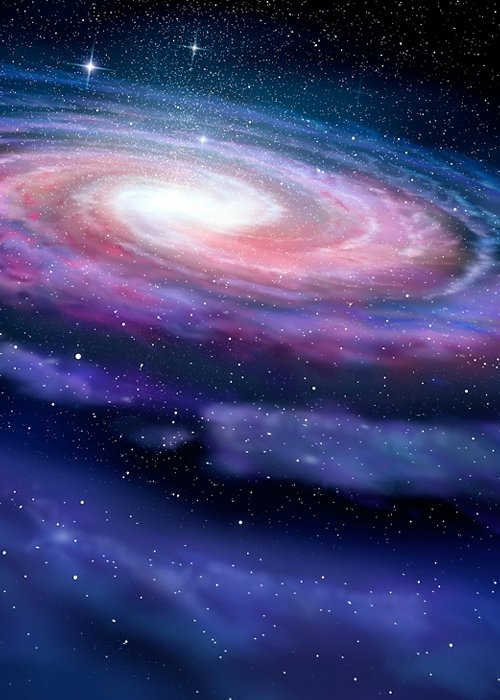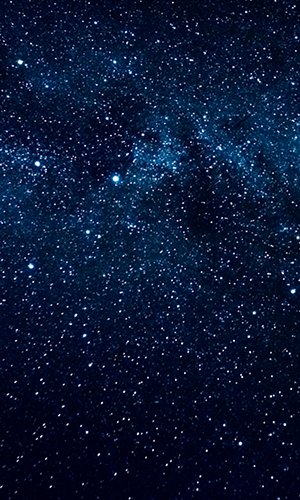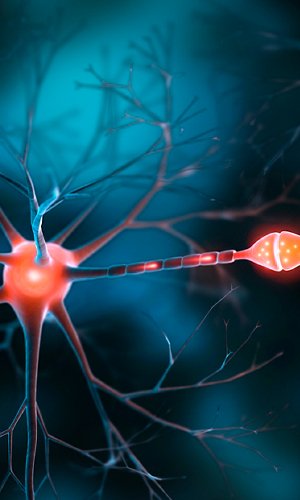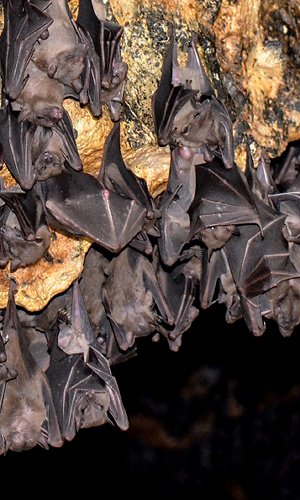At 5 million times the distance between the Earth and the Sun, there is an incredible burst of light that for days has lit up the eyes of astronomers everywhere. Galaxies IC 2163 and NGC 2207 have collided at a speed of 20 km/s, creating a psychedelic display of light that captivates the human gaze. During the merger, small tails were observed brushing against each other, and all of this was made visible thanks to the presence of a molecular gas: carbon monoxide (CO); once the two spiral galaxies began to merge their cores, with a mass eight times that of the Sun, they appeared to symbolically depict a face showing only two eyes tinged blood red. This incredible scientific discovery was made possible thanks to the James Webb Telescope and the Hubble Telescope, the latter named after Edwin Hubble, the great American astronomer. The extraordinary event revealed the early stages of this encounter between the two celestial giants, which gave rise to tidal force: when one object (in this case, our two galaxies) is influenced by another object, its gravitational force is altered, resulting in a geometrical shape different from the original one. It is estimated that in a few billion years, we will witness the complete fusion of the two galaxies, eventually forming a neutron star which, according to astronomers, would have contributed to the formation of smaller merged galaxies—including the Milky Way. The extraordinary discoveries we are making in these years would not have been possible without the James Webb and Hubble telescopes, which are guiding us through the immensity of the universe that surrounds us.
By Valerio Leone, Class 3B, Vittorio Veneto Scientific High School – Milan




